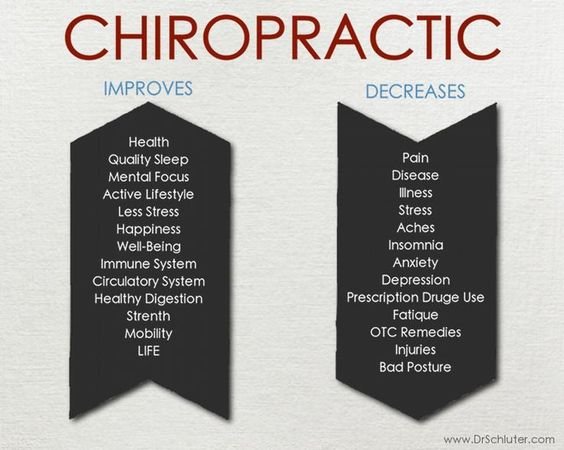The Relationship In Between Pose And Pain In The Back: Approaches For Keeping Correct Alignment Throughout The Day
The Relationship In Between Pose And Pain In The Back: Approaches For Keeping Correct Alignment Throughout The Day
Blog Article
Article Written By-Salisbury Ritchie
Preserving proper pose isn't nearly staying up straight; it has to do with aligning your body in a manner that sustains your spinal column and reduces the threat of neck and back pain. visit the next internet site sit, stand, and relocate throughout the day can significantly influence your spine health and wellness. However just how specifically can you make certain good alignment regularly, even during busy days loaded with various activities? Allow's dig back strain symptoms into the subtle yet impactful modifications you can make to your everyday regimen to keep your back pleased and healthy and balanced.
Significance of Correct Stance
Correct posture is critical in preserving a healthy and balanced back and protecting against pain. When you rest or stand with good position, your spinal column is in alignment, decreasing pressure on your muscle mass, ligaments, and joints. This placement permits the body to distribute weight evenly, preventing too much tension on certain locations that can lead to discomfort and pain. By maintaining your spinal column appropriately lined up, you can additionally improve your breathing and food digestion, as slouching can compress organs and restrict their functionality.
Additionally, preserving good position can boost your general look and positive self-image. When you stand tall with your shoulders back and head held high, you exude confidence and show up more approachable. Good pose can likewise make you feel extra energized and alert, as it advertises correct blood flow and enables your muscle mass to work successfully.
Including back pain when walking into your daily regimen, whether resting at a desk, walking, or working out, is important for avoiding pain in the back and promoting general wellness. Remember, a little modification in exactly how you hold on your own can make a considerable difference in exactly how you really feel and operate throughout the day.
Common Postural Mistakes
When it involves maintaining excellent stance, many individuals unwittingly make typical blunders that can add to neck and back pain and pain. One of the most common errors is slouching or stooping over while resting or standing. This placement puts extreme stress on the back and can lead to muscle imbalances and discomfort over time.
One more usual blunder is overarching the reduced back, which can flatten the natural curve of the back and cause pain. In addition, crossing legs while sitting might really feel comfy, but it can develop an imbalance in the hips and pelvis, resulting in postural concerns.
Utilizing treatment for lower back pain that's also soft or as well firm while resting can also impact your alignment and contribute to pain in the back. Last but not least, frequently craning your neck to check out screens or readjusting your setting regularly can strain the neck and shoulders. Being mindful of these common postural errors can help you keep better positioning and minimize the threat of neck and back pain.
Tips for Correcting Positioning
To enhance your positioning and reduce pain in the back, it's necessary to concentrate on making small modifications throughout your everyday routine. Start by being mindful of your pose. When resting, guarantee your feet are flat on the flooring, your back is straight, and your shoulders are loosened up. Prevent slouching or leaning to one side. Use ergonomic chairs or pillows to sustain your reduced back.
When standing, disperse your weight evenly on both feet, keep your knees slightly curved, and embed your pelvis. Engage your core muscles to support your spine. Take breaks to extend and walk around if you have a sedentary work. Integrate exercises that reinforce your core and back muscular tissues, such as slabs or bridges.
While sleeping, use a cushion that supports the all-natural contour of your neck to maintain appropriate spinal positioning. Prevent sleeping on your stomach, as it can stress your neck and back. By being mindful of these ideas and making small modifications, you can progressively correct your alignment and ease back pain.
Final thought
Remember, maintaining good posture is crucial to preventing pain in the back and advertising spinal wellness. By being mindful of your placement, dispersing weight uniformly, and involving your core muscular tissues, you can decrease stress on your back and decrease the threat of pain and injury. Include ergonomic assistance, take normal breaks to extend, and enhance your core and back muscle mass to preserve correct alignment throughout the day. Your back will thanks for it!
